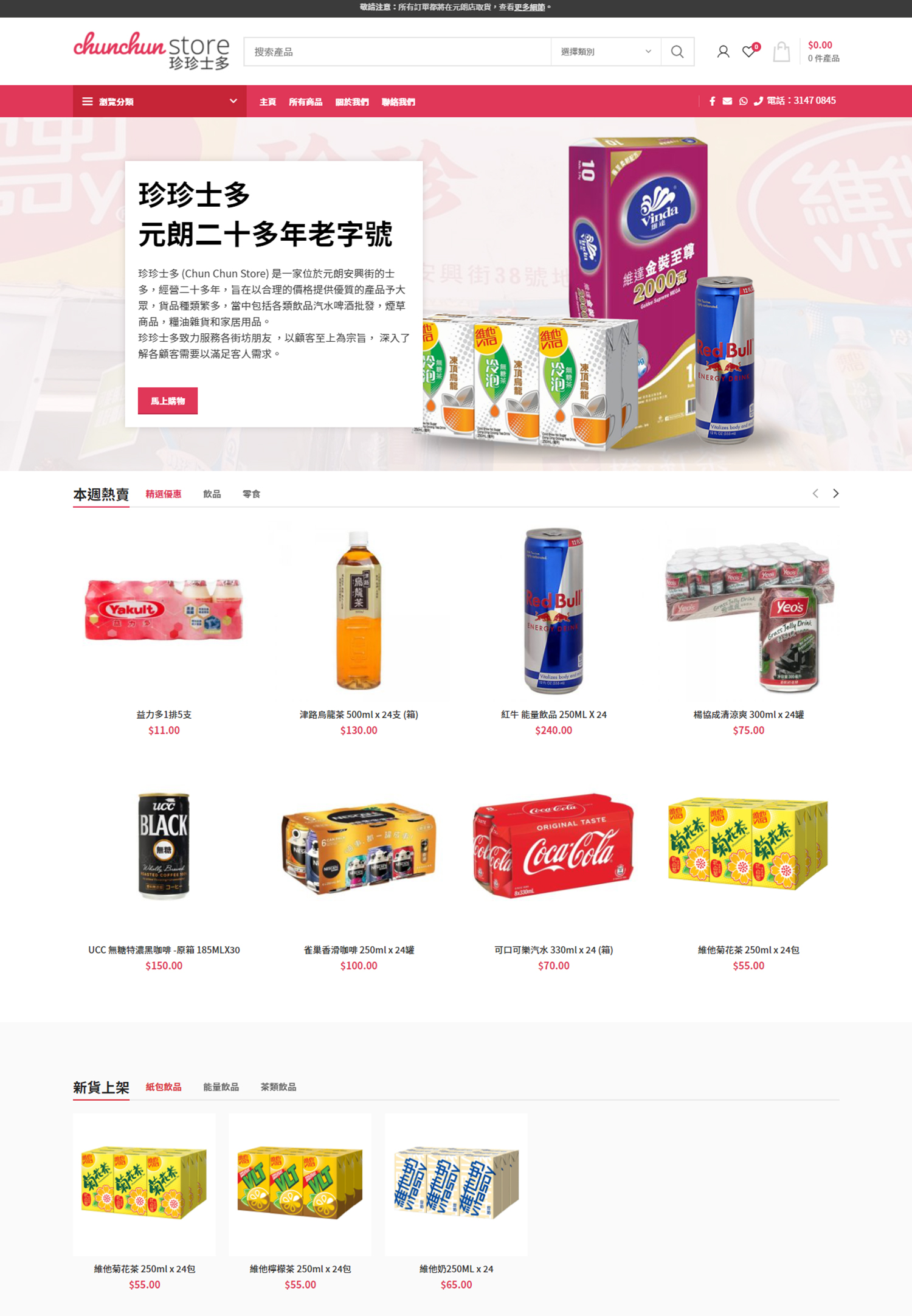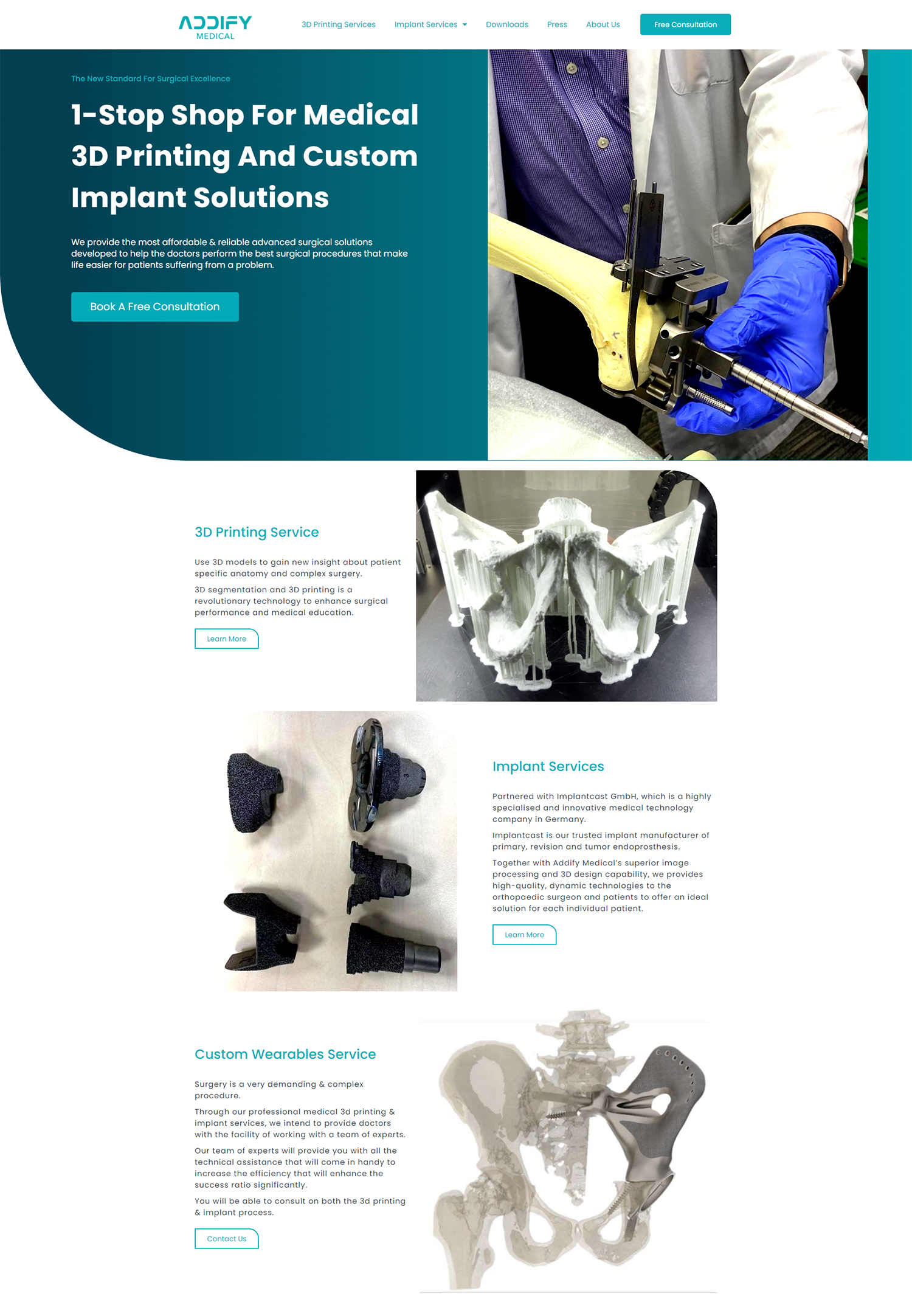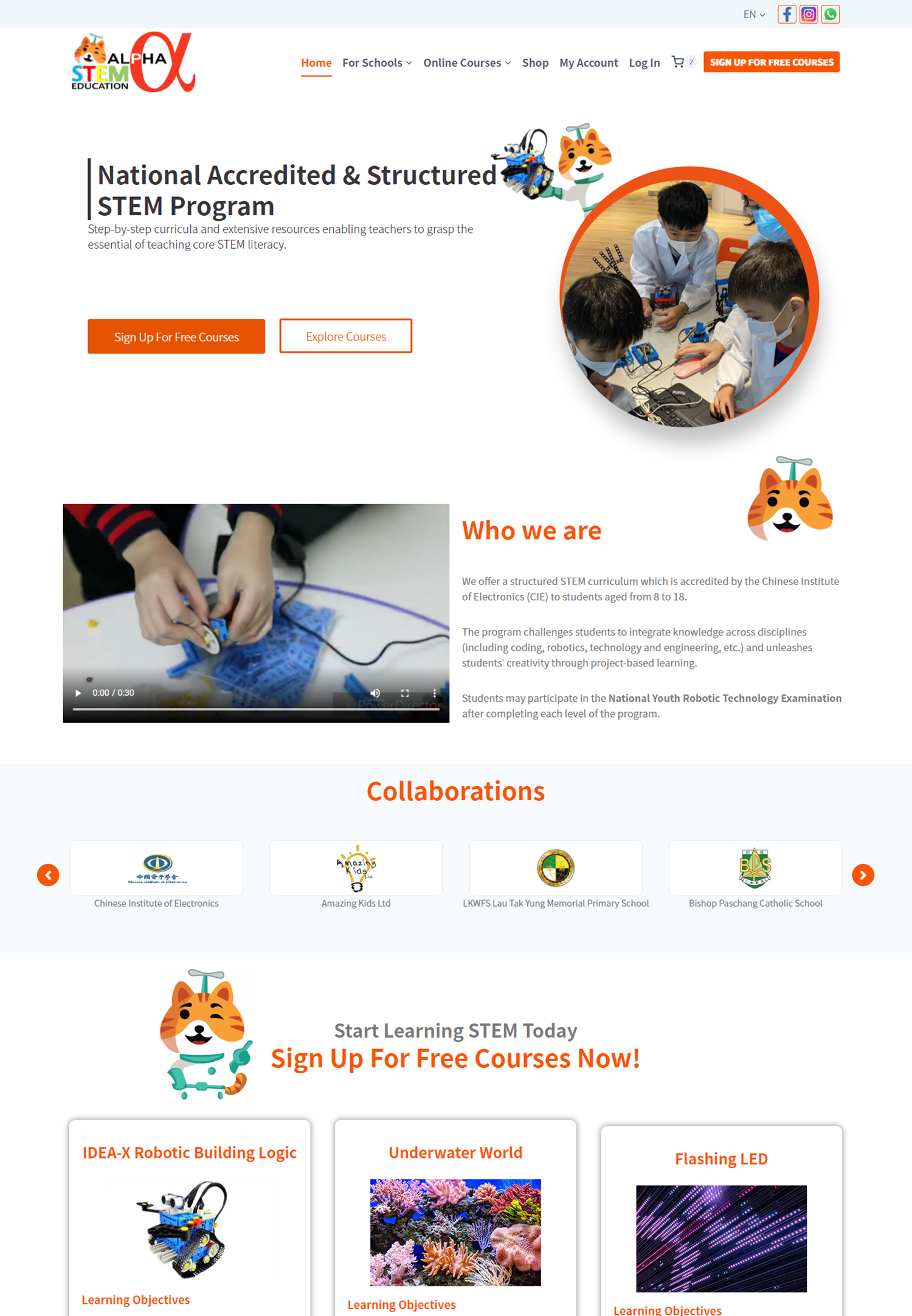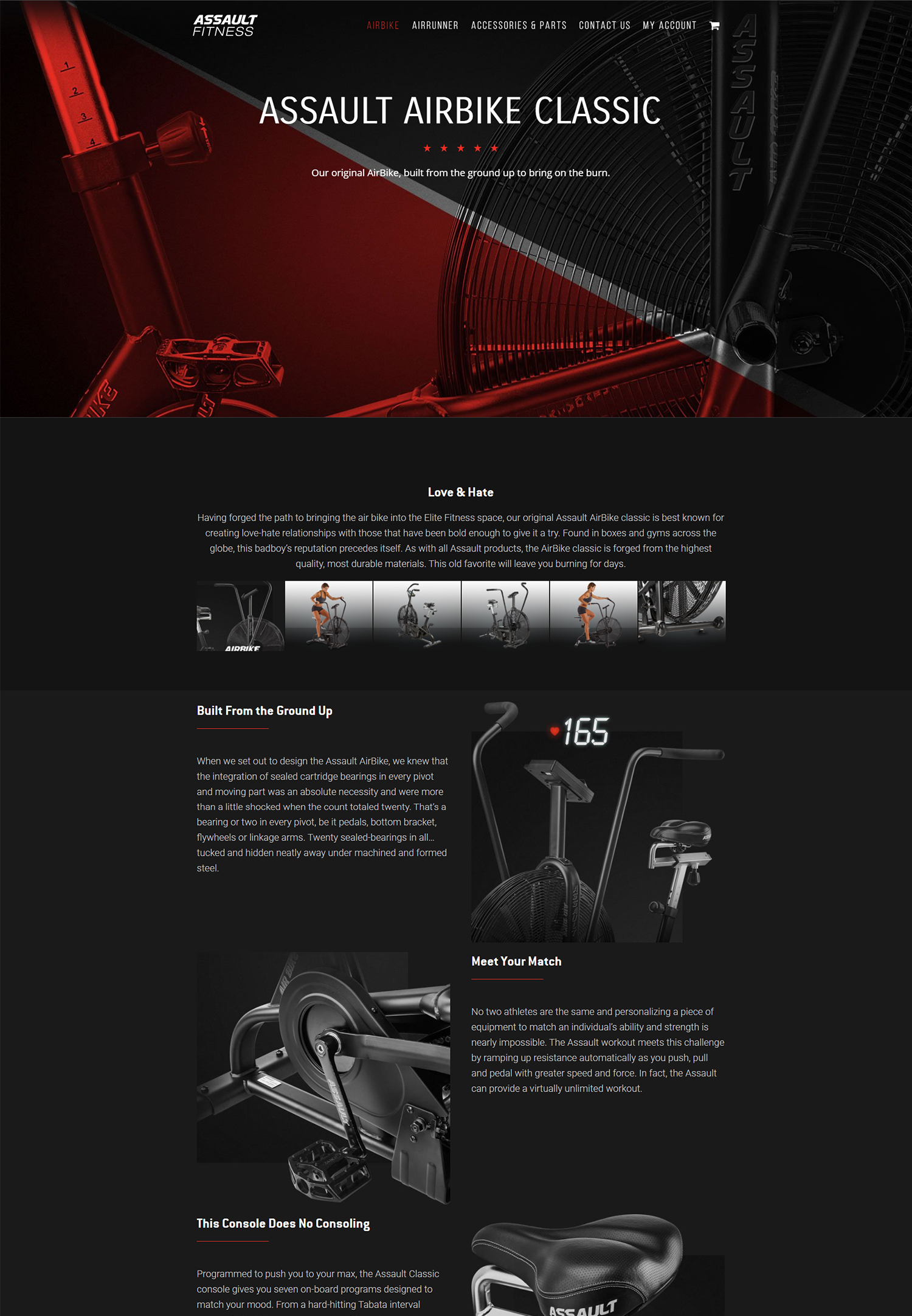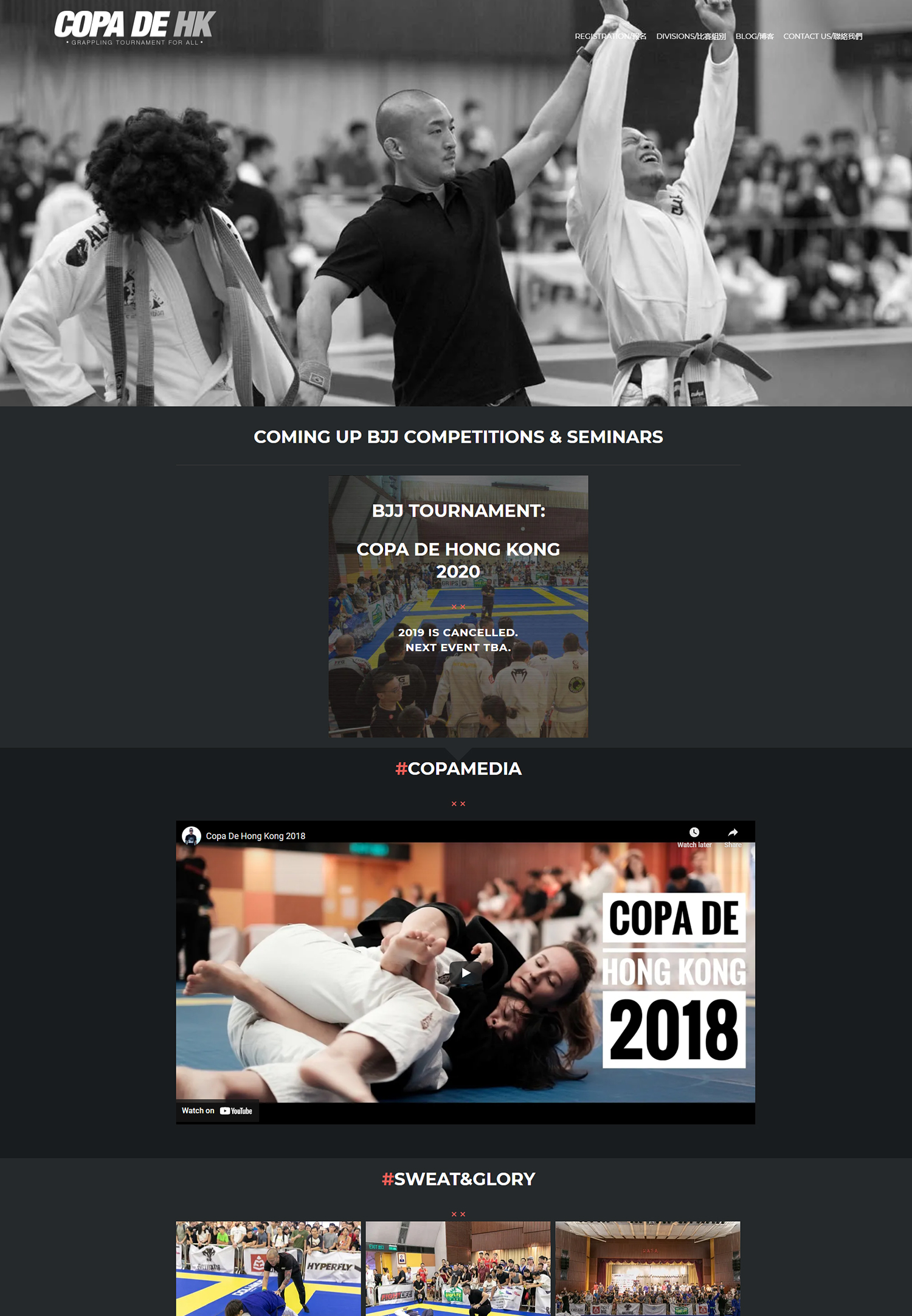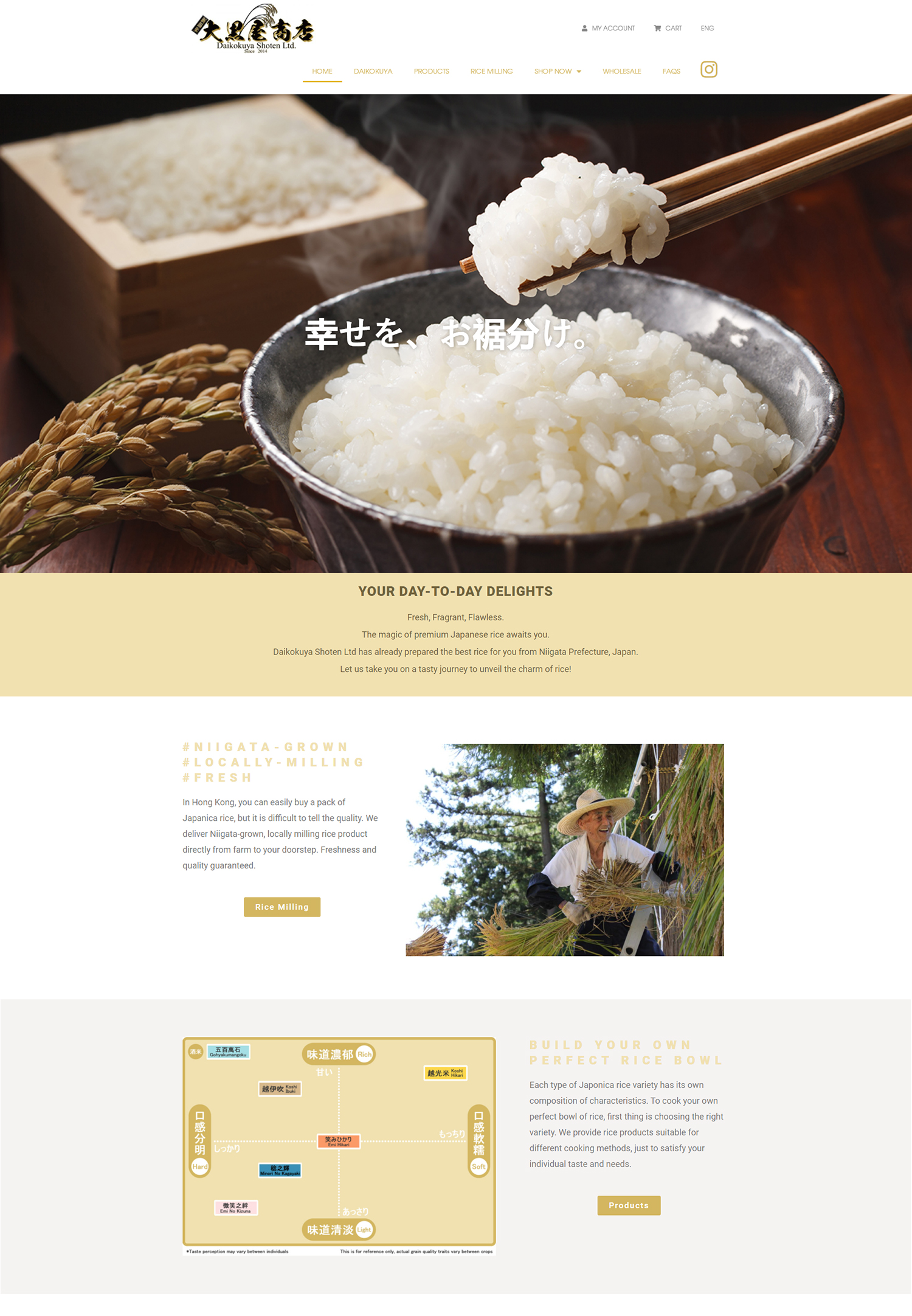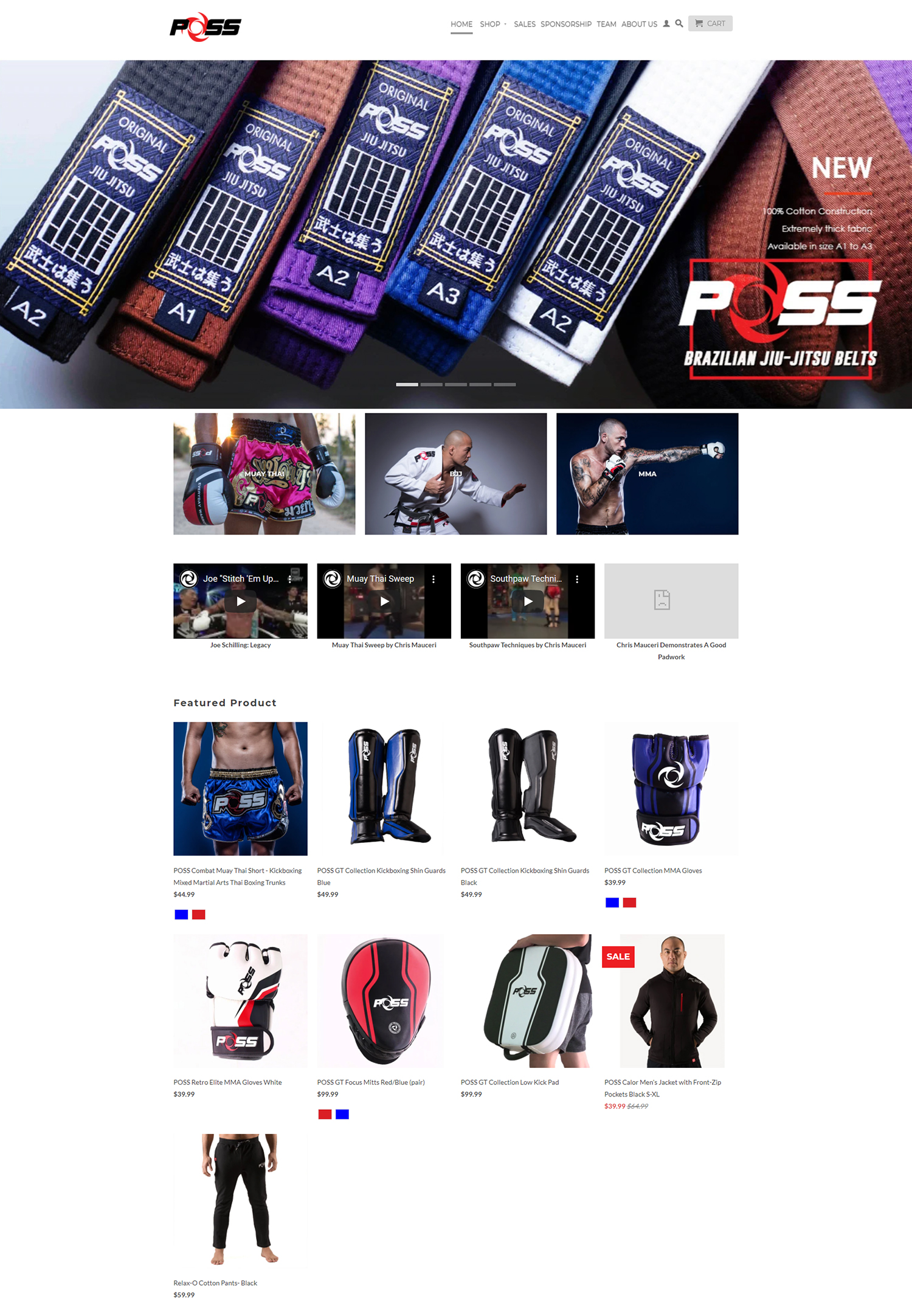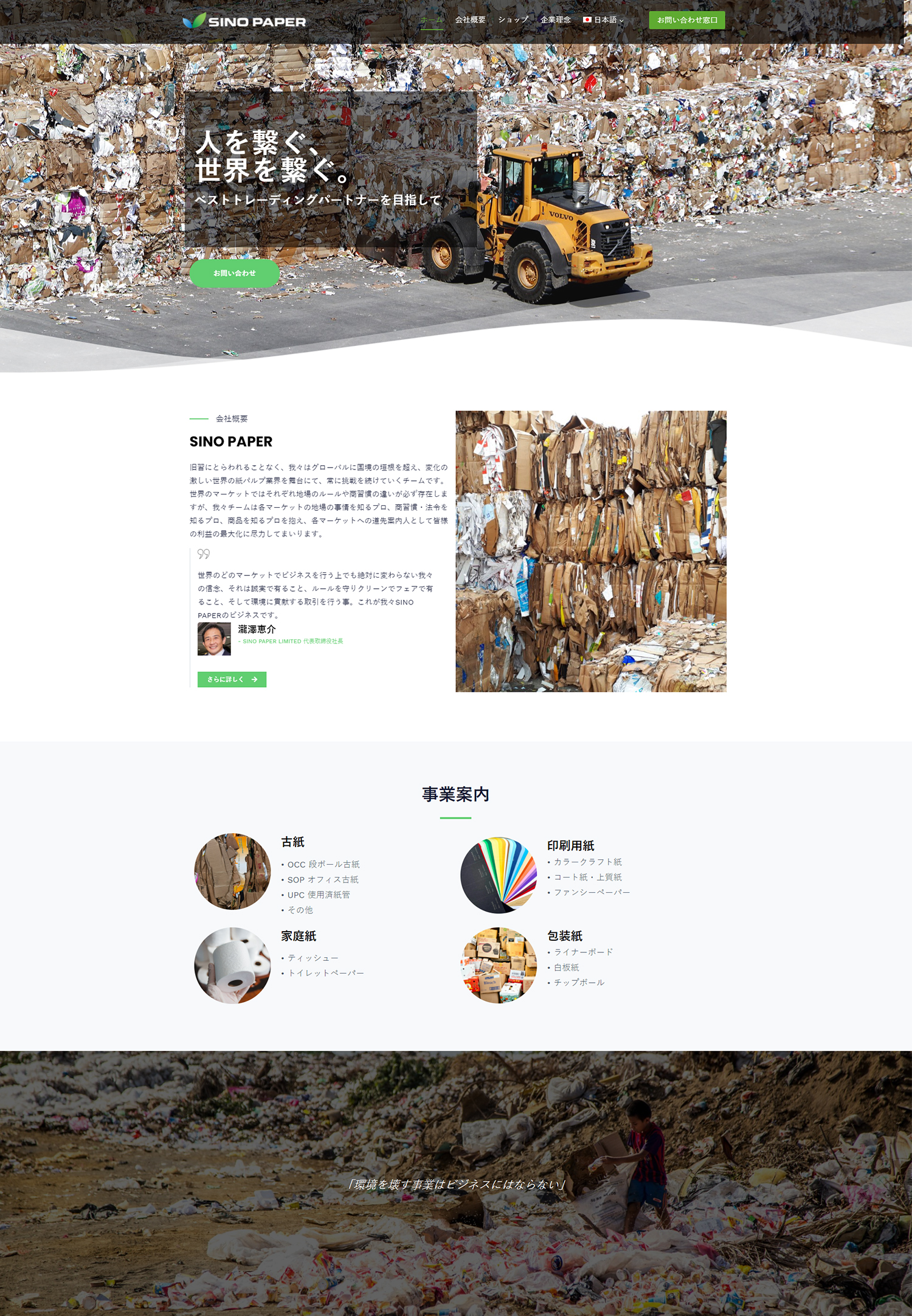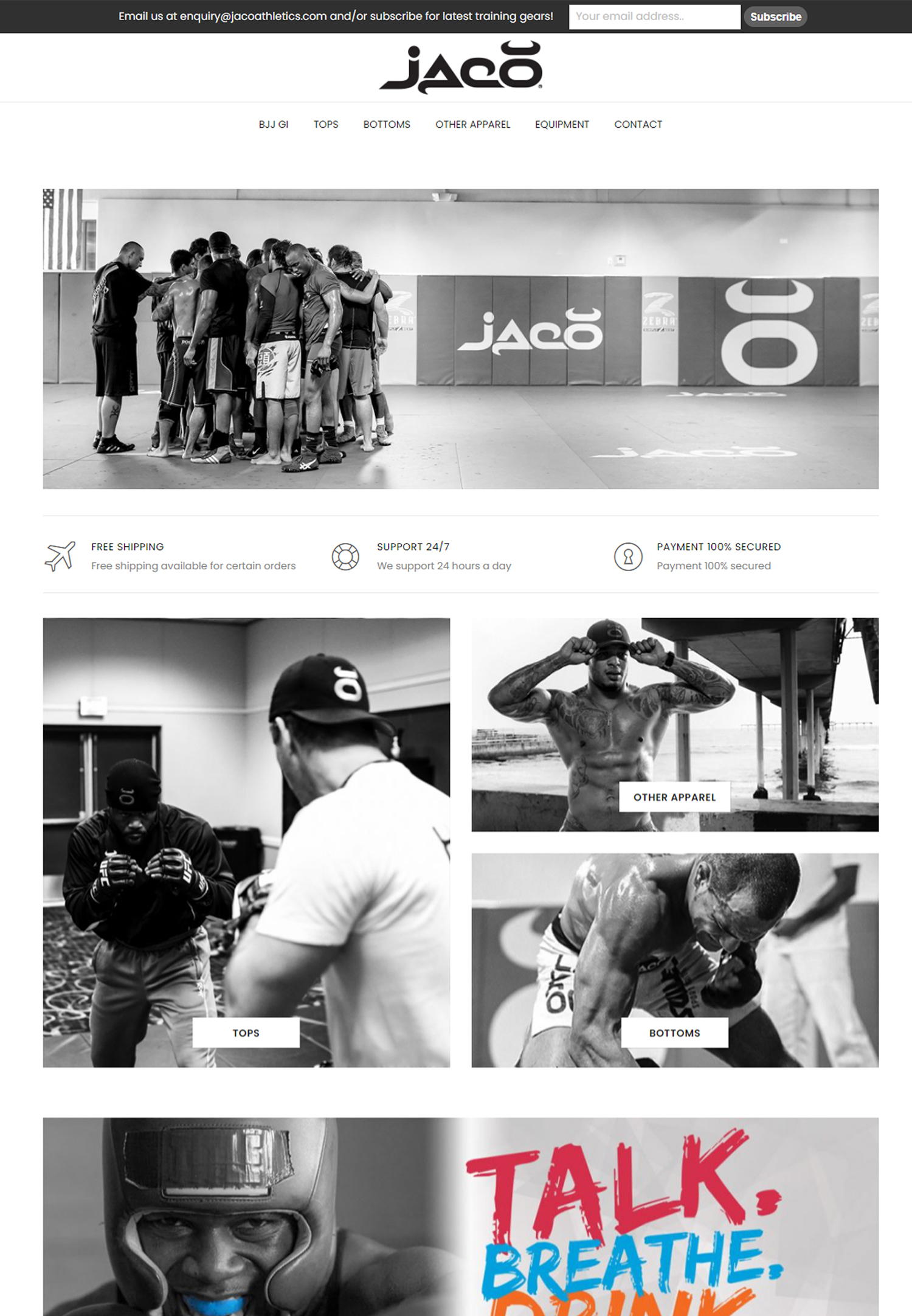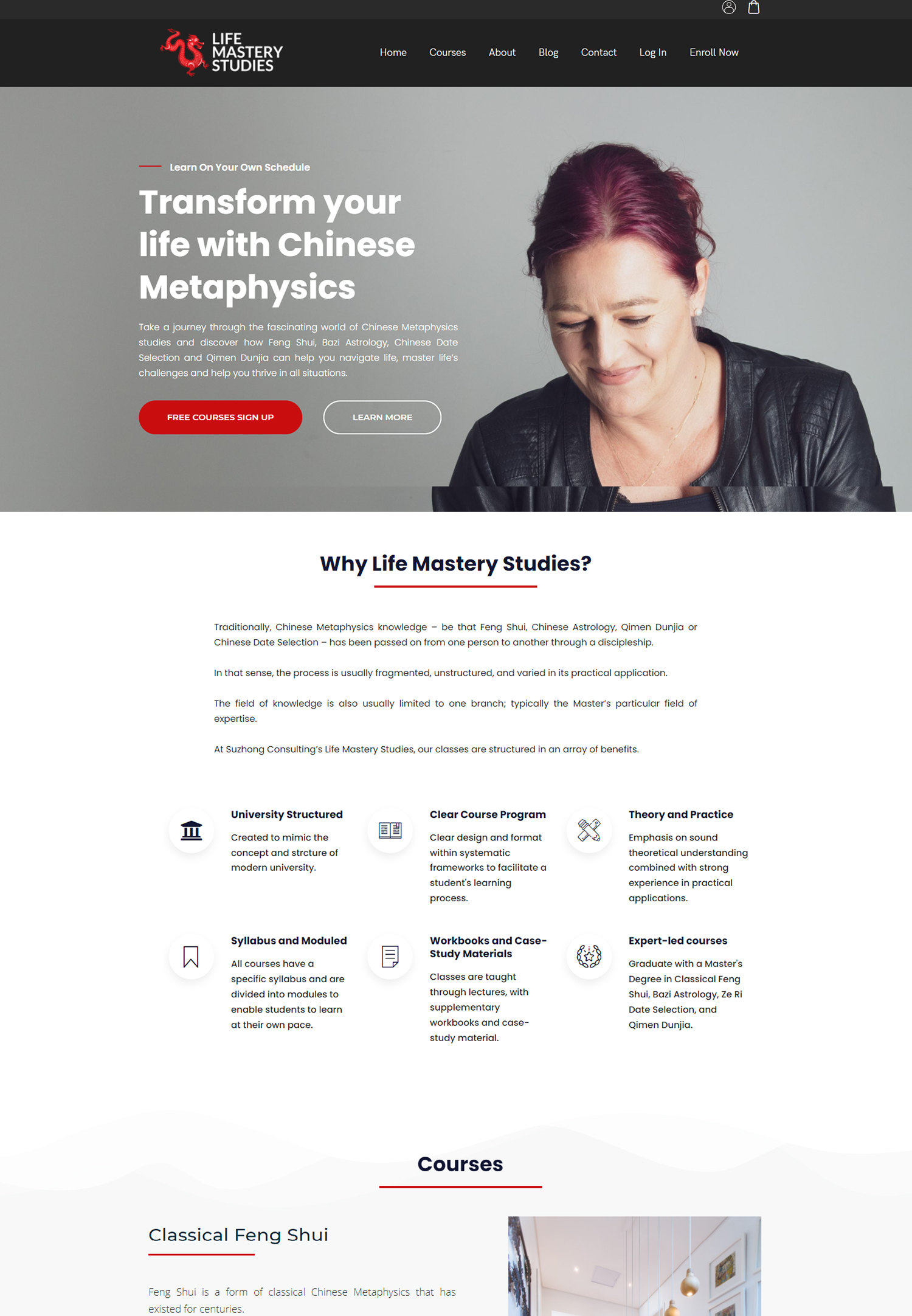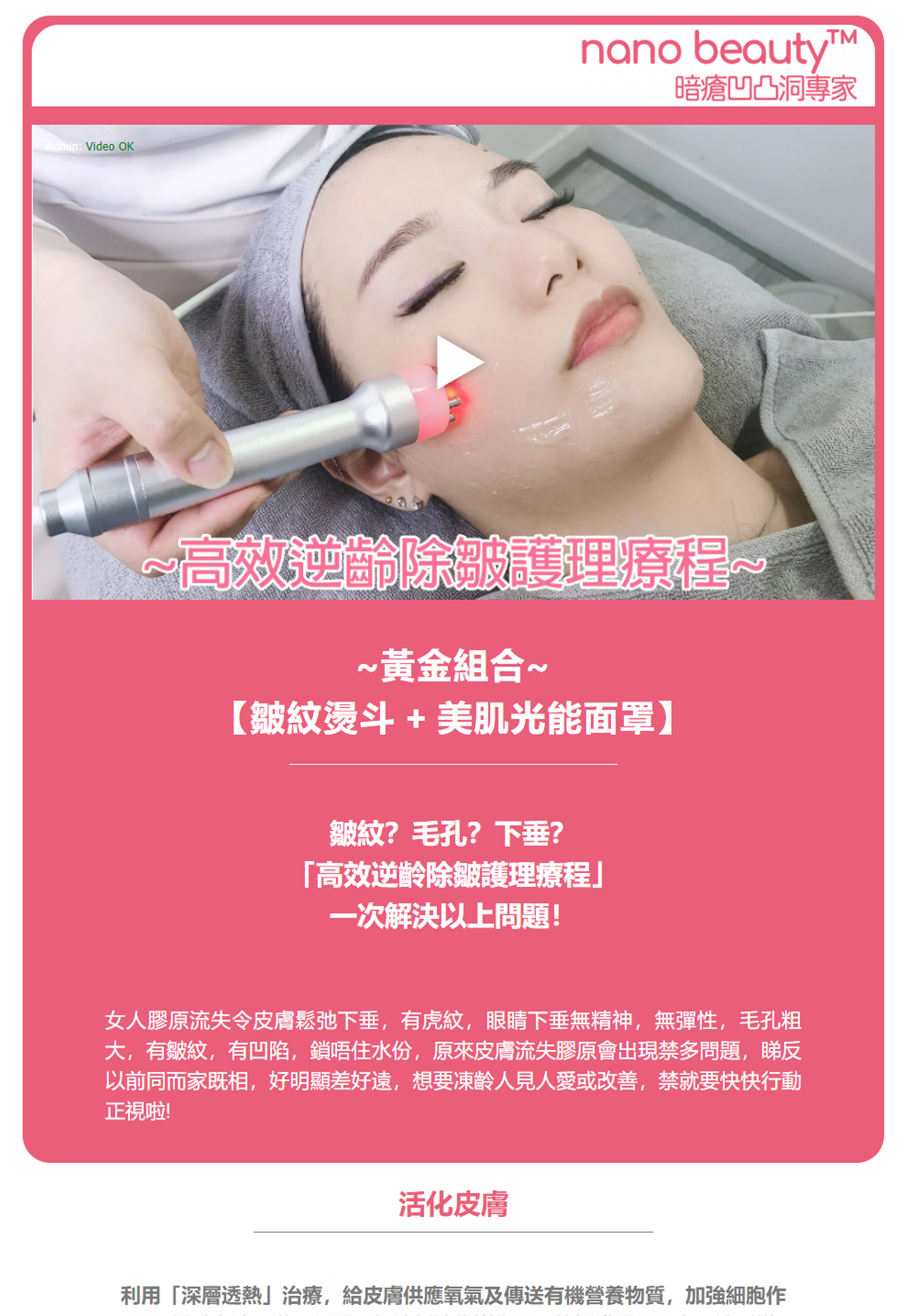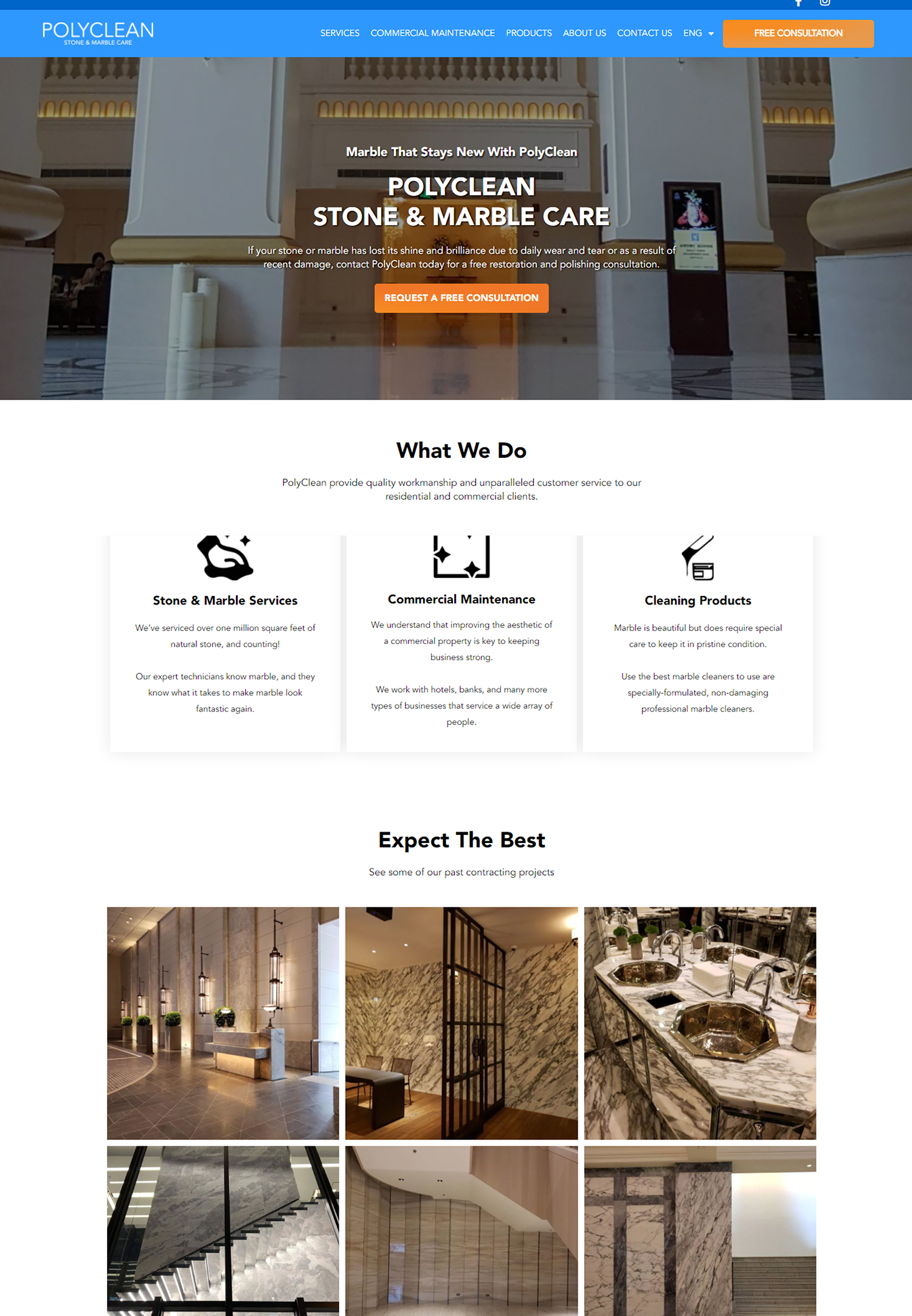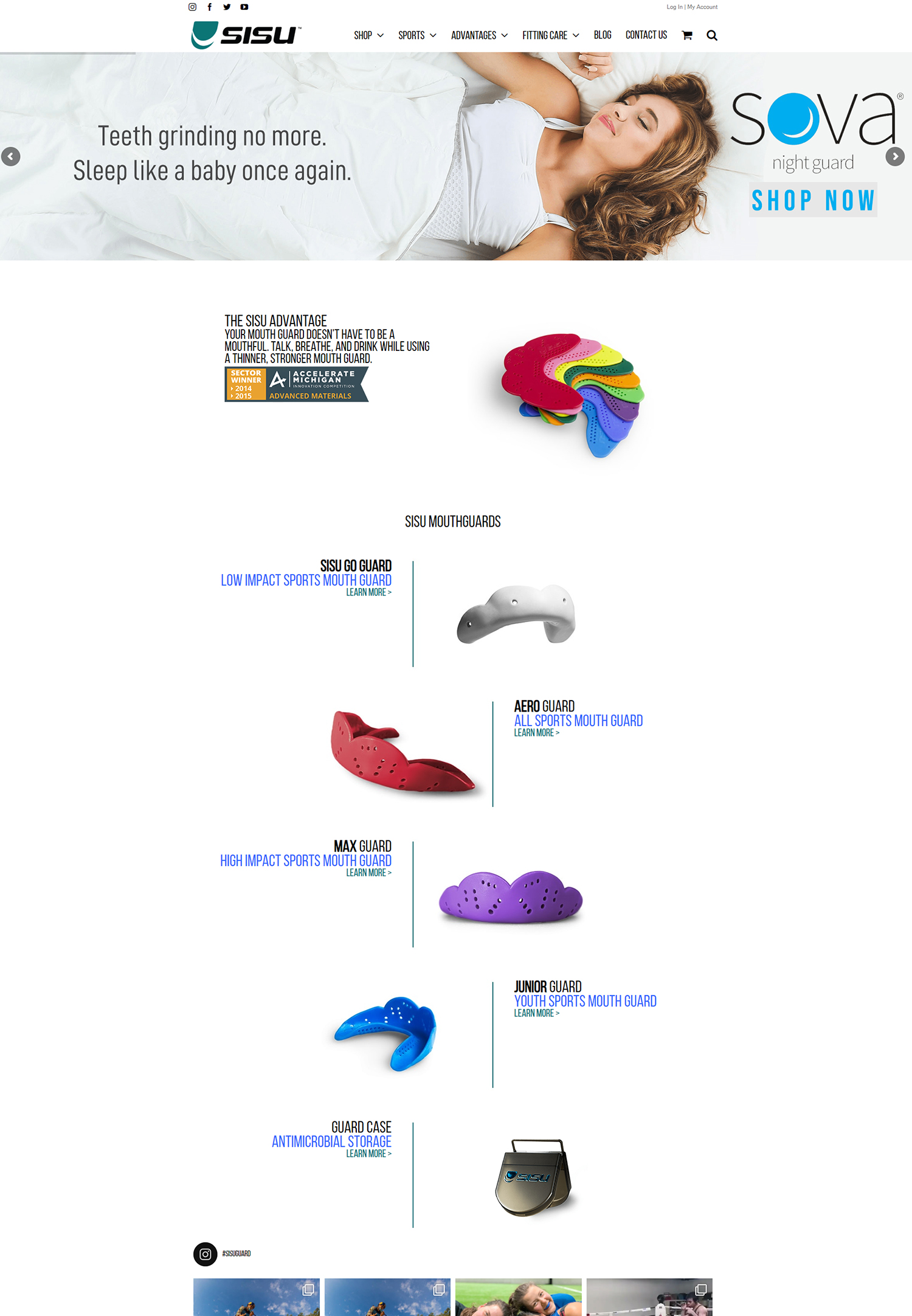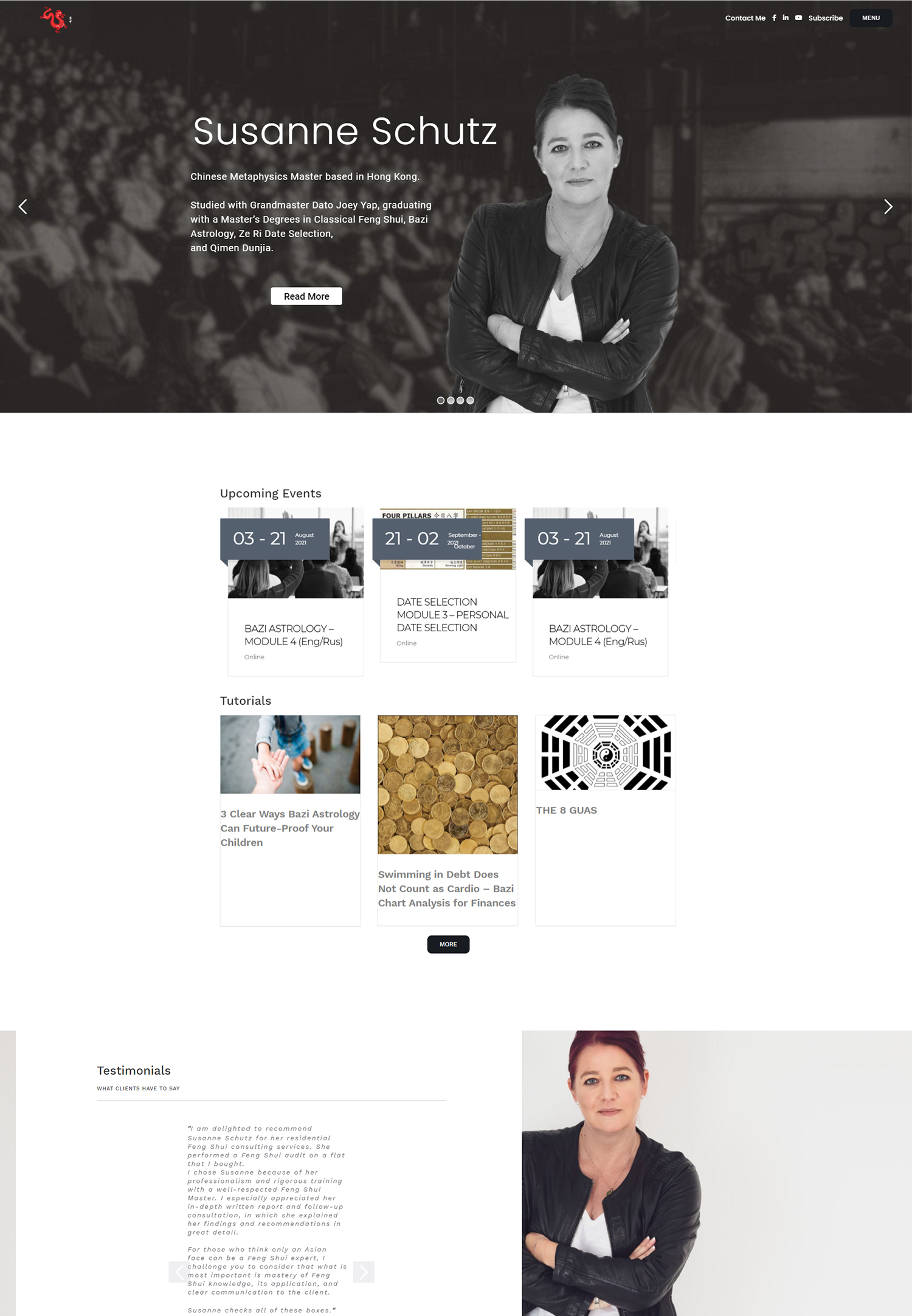In the realm of digital marketing, the lead generation funnel serves as a crucial framework that guides potential customers from their initial awareness of our brand to the final decision-making stage. This funnel is typically divided into several stages: awareness, interest, consideration, and conversion. Each stage represents a different level of engagement and interaction with our brand, and understanding these stages allows us to tailor our marketing strategies effectively.
By recognizing where our potential leads are in this funnel, we can create targeted content and campaigns that resonate with their specific needs and motivations. As we delve deeper into the lead generation funnel, we realize that it is not merely a linear process but rather a dynamic journey. Prospects may move back and forth between stages, influenced by various factors such as their personal experiences, external recommendations, or even changes in their circumstances.
This fluidity emphasizes the importance of maintaining a consistent and engaging presence throughout the entire funnel. By doing so, we can ensure that we remain top-of-mind for our leads, ultimately guiding them toward making informed decisions that favor our offerings.
Key Takeaways
- The lead generation funnel is a process that involves attracting potential customers, engaging with them, and converting them into leads.
- Identifying your target audience is crucial for effective lead generation, as it allows you to tailor your content and messaging to resonate with the right people.
- Creating valuable content, such as blog posts, e-books, and webinars, is essential for attracting and engaging potential leads.
- Implementing marketing automation tools can help streamline and optimize the lead generation process, saving time and resources.
- Optimizing landing pages and forms is important for increasing conversion rates and capturing valuable lead information.
Identifying Your Target Audience
To effectively navigate the lead generation funnel, we must first identify our target audience. This involves conducting thorough market research to understand who our ideal customers are, what their pain points are, and how our products or services can address their needs. By creating detailed buyer personas, we can gain insights into the demographics, behaviors, and preferences of our audience.
This information is invaluable as it allows us to craft tailored marketing messages that resonate with our potential leads. Moreover, understanding our target audience goes beyond just demographics; it also encompasses their motivations and challenges. By engaging in conversations with existing customers and analyzing feedback, we can uncover valuable insights that inform our marketing strategies.
This deeper understanding enables us to create content that speaks directly to our audience’s needs, ultimately driving them further down the lead generation funnel. As we refine our target audience profiles, we can ensure that our marketing efforts are not only efficient but also effective in attracting high-quality leads.
Creating Valuable Content for Lead Generation
Content creation plays a pivotal role in lead generation, as it serves as the primary means through which we engage with our audience. To attract potential leads, we must focus on producing valuable content that addresses their pain points and provides solutions. This could take various forms, including blog posts, eBooks, webinars, or infographics.
The key is to ensure that our content is informative, relevant, and engaging, encouraging prospects to interact with our brand. Additionally, we should consider the different stages of the lead generation funnel when creating content. For instance, at the awareness stage, we might produce educational blog posts that introduce potential leads to industry-related topics.
As they progress to the interest stage, we can offer more in-depth resources such as case studies or whitepapers that showcase our expertise. By aligning our content with the specific needs of our audience at each stage of the funnel, we can effectively nurture leads and guide them toward making a purchase decision.
Implementing Marketing Automation Tools
In today’s fast-paced digital landscape, implementing marketing automation tools has become essential for optimizing our lead generation efforts. These tools allow us to streamline various marketing processes, from email campaigns to social media management, enabling us to engage with leads more efficiently. By automating repetitive tasks, we can free up valuable time and resources that can be redirected toward more strategic initiatives.
Moreover, marketing automation tools provide us with valuable insights into lead behavior and engagement patterns. By tracking how leads interact with our content and campaigns, we can gain a deeper understanding of their preferences and interests. This data-driven approach allows us to personalize our marketing efforts further, ensuring that we deliver the right message to the right audience at the right time.
Ultimately, leveraging marketing automation not only enhances our efficiency but also improves the overall effectiveness of our lead generation funnel.
Optimizing Landing Pages and Forms
Landing pages and forms are critical components of our lead generation funnel, as they serve as the primary touchpoints for capturing lead information. To maximize conversions, we must focus on optimizing these elements to create a seamless user experience. A well-designed landing page should be visually appealing, easy to navigate, and clearly communicate the value proposition of our offerings.
By minimizing distractions and providing a clear call-to-action (CTA), we can encourage visitors to take the desired action. In addition to design considerations, we must also pay attention to the forms we use to capture lead information. Lengthy or complicated forms can deter potential leads from completing their submissions.
Instead, we should aim for simplicity by only requesting essential information at first. As leads progress through the funnel and demonstrate increased interest in our offerings, we can gradually request more detailed information. This approach not only improves conversion rates but also fosters a sense of trust between us and our leads.
Nurturing Leads with Email Marketing
Email marketing is one of the most effective strategies for nurturing leads throughout the lead generation funnel. Once we have captured a lead’s information, we can engage them through targeted email campaigns that provide valuable content and resources tailored to their interests. By segmenting our email list based on factors such as demographics or engagement levels, we can deliver personalized messages that resonate with each group.
Furthermore, nurturing leads through email marketing allows us to build relationships over time. We can share educational content, industry insights, and exclusive offers that keep our brand top-of-mind for potential customers. By consistently providing value through our emails, we can establish ourselves as trusted authorities in our field.
This trust is crucial when it comes time for leads to make purchasing decisions; they are more likely to choose a brand they feel connected to and informed by.
Analyzing and Adjusting Your Funnel
To ensure the ongoing success of our lead generation efforts, it is essential to regularly analyze and adjust our funnel based on performance metrics. By tracking key performance indicators (KPIs) such as conversion rates, click-through rates, and engagement levels, we can identify areas for improvement within our funnel. This data-driven approach allows us to make informed decisions about where to allocate resources and which strategies to refine.
Moreover, analyzing our funnel provides us with valuable insights into customer behavior and preferences. By understanding how leads interact with our content and where they drop off in the funnel, we can pinpoint specific pain points that may be hindering conversions. Armed with this knowledge, we can implement targeted adjustments—whether it’s optimizing landing pages or refining email campaigns—to enhance the overall effectiveness of our lead generation efforts.
Scaling Your Lead Generation Funnel
As we achieve success with our lead generation funnel, scaling becomes a natural next step in our growth journey. Scaling involves expanding our reach and increasing the volume of leads entering the funnel without sacrificing quality or efficiency. To do this effectively, we must leverage data-driven insights gained from previous campaigns to inform our scaling strategies.
One approach to scaling is diversifying our marketing channels. By exploring new platforms such as social media advertising or search engine optimization (SEO), we can tap into different audiences and drive more traffic to our funnel. Additionally, investing in paid advertising can help us reach a broader audience quickly while maintaining control over targeting parameters.
As we scale our efforts, it is crucial to continuously monitor performance metrics to ensure that quality remains a priority alongside quantity. In conclusion, mastering the lead generation funnel requires a comprehensive understanding of each stage and a commitment to continuous improvement. By identifying our target audience, creating valuable content, implementing automation tools, optimizing landing pages, nurturing leads through email marketing, analyzing performance metrics, and scaling strategically, we position ourselves for sustained success in attracting high-quality leads and converting them into loyal customers.
As we navigate this dynamic landscape together, let us remain adaptable and open to new strategies that will enhance our lead generation efforts in an ever-evolving market.






